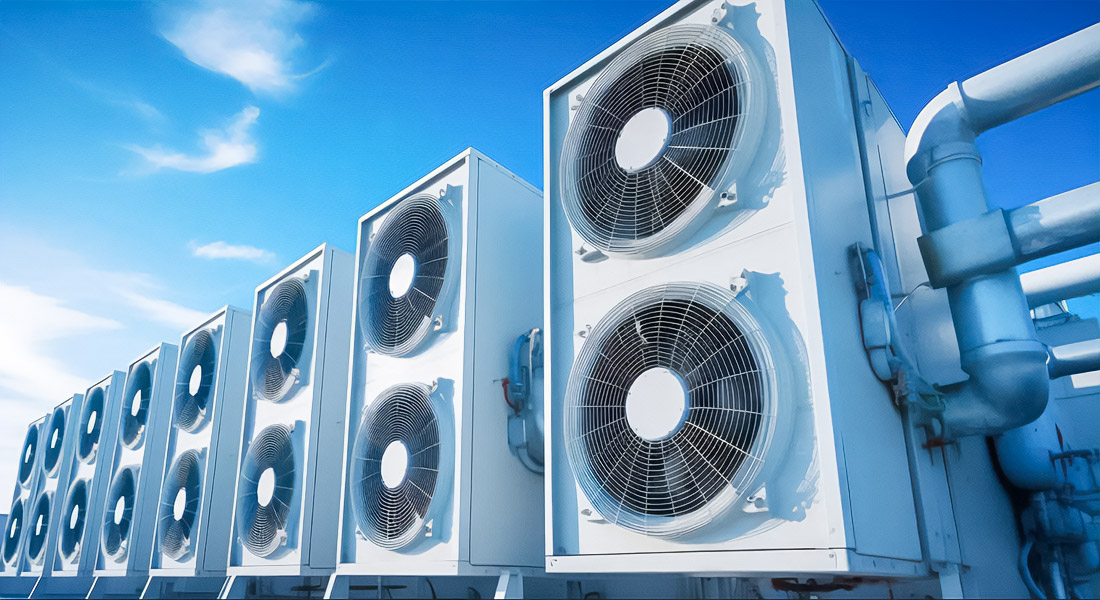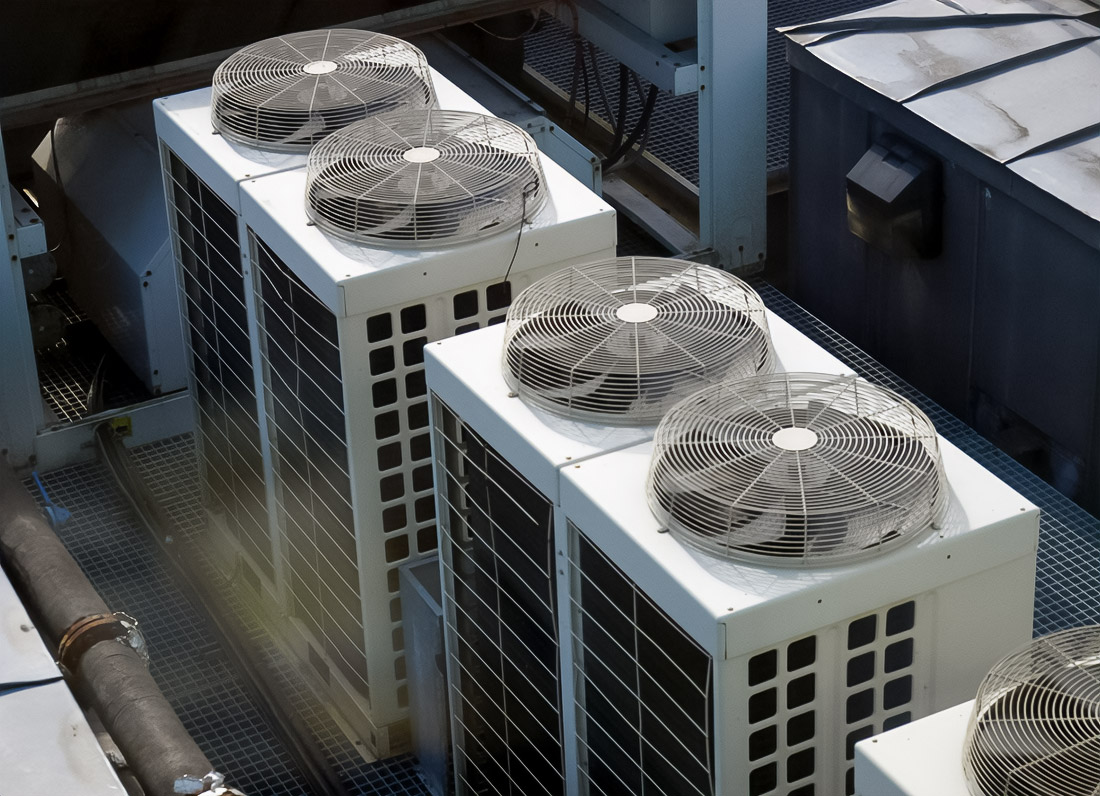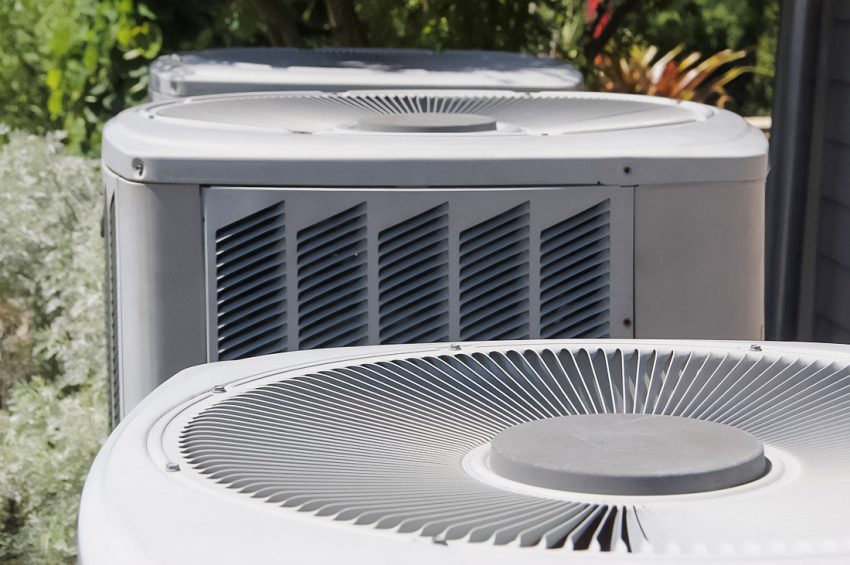Tunnels and ramps have strict ventilation requirements. Controllability of flows, stable smoke extraction and fire safety are important here. Axial fans, especially reversible models, solve these tasks confidently. They change the direction of the air flow in seconds and support operation both in normal modes and in emergency scenarios.
Aerodynamics and Efficiency in Reversible Fans

The aerodynamic profile of the blades and impellers, precise balancing and calculation of angles of attack ensure high efficiency. CFD modeling is used, which sharpens the shape and pitch of the blades, reduces turbulence and losses. The result is tangible. The volume of air being transported increases, noise decreases, and stability improves under high loads and static pressure.
Reversible axial fans are appreciated for their flexibility. Switching the flow direction ensures almost complete reversibility up to 97-100% in both directions. In normal operation, the equipment supplies fresh air and removes impurities. In case of fire, it immediately switches to smoke extraction mode and smoke gradient retention. This is critical for evacuation. This gives time to the services.
Certification, Materials and Scope of Application

The certification confirms the reliability of the work. The EN 12101-3 standards for hot smoke are applied, as well as the AMCA 210 and AMCA 300 techniques for performance and acoustics. Classes F200, F300 and F400 are widely used with operation up to 400°C for 2 hours. Impeller balancing complies with ISO1940 and AMCA204 – G2.5. These standards set a verifiable basis for design and operation. They minimize the risks of failures under load.
The performance is impressive both in routine tasks and in extreme ones. The diameters of the impellers start from about 400 mm and reach up to 3150 mm. The air consumption reaches 500,000 m3/h. The static pressure reaches 5,000 Pa. In jet fans systems, thrust ranges from 30 N to 3,000 N. The operating temperature range from -20°C to +70°C is indicated for individual series. These numbers set engineering boundaries and guide the selection of equipment for a specific project.
Materials and construction support the resource. The housings are made of galvanized steel of considerable thickness, which increases resistance to corrosion and thermal stress. The blades are made of high-strength aluminum alloy with an airfoil profile. Structural elements include silencers, flexible inserts, dampers, transition sections and check valves. Anti-stall solutions, including anti-stall rings, are used to reduce the risk of flow disruption. This architecture ensures stability at high speeds and in non-stationary modes.
The scope of application is wide, but the priority is obvious. Tunnels, subways, underground and multi-level parking lots, industrial premises. Wherever reliable ventilation and rapid smoke evacuation are needed. On normal days, the fans work economically and quietly. In the critical two hours of a fire, they provide the required pressure and flow rate in accordance with EN 12101-3. The discipline of standards saves lives here. It’s not a figure of speech.
From the point of view of theory and practice, terminology is not accidental. Axial fans and mixed flow solutions cover medium and high costs at moderate and elevated pressures. Execution options include unidirectional and truly reversible configurations. Two-stage circuits with coaxial impellers increase the pressure when a pressure reserve is needed without complicating the route. The arsenal includes bifurcated casing for scenarios with high engine temperatures, guiding devices for vane axial configurations, and a wide range of nozzles for matching ventilation shafts and ducts.
Aerodynamic efficiency is as important as a passport. The use of airfoil blades reduces vortex formation and acoustic artifacts. CFDoptimization increases resistance to uneven input profiles. Balancing according to ISO1940 and AMCA classes reduces vibrations, prolongs the life of bearings and fasteners. The result is an even performance, predictable performance and fewer operational surprises.
It is worth mentioning separately about the security and integration of systems. Fans for parking lots and tunnels are synchronized with fire automation. Speed and direction switching scenarios, zone priorities, step-by-step start-up and flap control are implemented. In reverse circuits, the flow direction adjusts to the source of the fire and the escape route. Controlling static pressure and flow direction helps to keep the smoke front in check. This is the practical essence of smoke extraction.
The operational advantages also apply to installation. Axial units can be installed with a free entrance or exit, as well as fully embedded in the ducts. The arrangement with silencers and flexible couplings reduces vibration transmission to building structures. The corrosion resistance of galvanized steel and aluminum alloys maintains the resource in conditions of high humidity. Energy efficiency reduces operating costs. Noise reduction improves comfort and acoustic background.
Why They Matter in Modern Infrastructure

The outcome is clear and pragmatic. Reversible axial fans for tunnels and ramps are a combination of controlled flow direction, high performance and proven fire resistance standards. Diameters from 400 to 3150 mm cover a wide range of tasks. Costs of up to 500,000 m3/h and pressures of up to 5,000 Pa exceed the engineering requirements of most projects. Jet fans thrust from 30 to 3,000 N helps to form air jets in extended spaces. The certifications EN 12101-3, AMCA 210 and AMCA 300, as well as the classes F200, F300 and F400, reinforce reliability. It is this set of parameters that makes these systems the standard for transport and industrial infrastructure, where the cost of error is too high. For many large facilities, such fans are part of broader industrial hvac solutions that integrate fire safety, energy efficiency and long-term durability.

I am an award-winning freelance writer who specializes in finance topics. I have also appeared as a financial expert on The Today Show and Good Morning, America.
